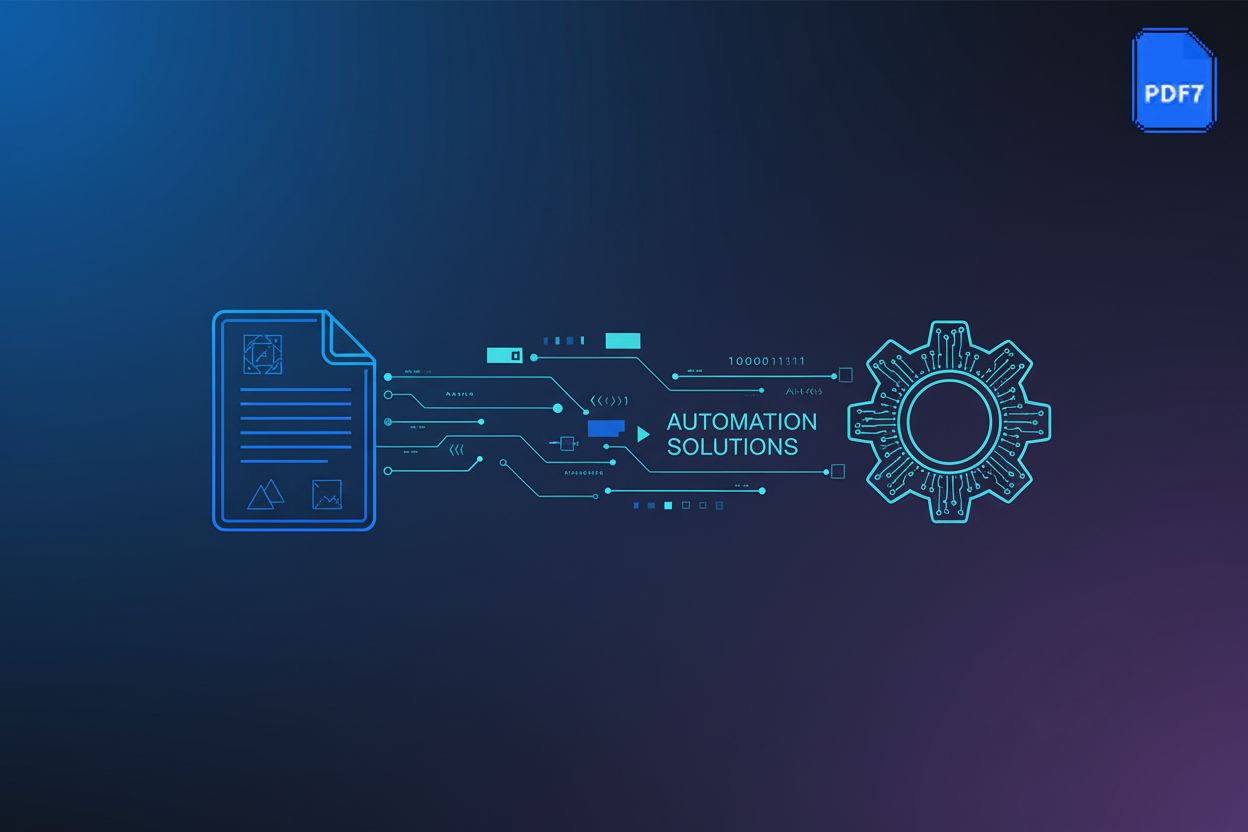Clustered File System: An Overview
TL;DR
What is a Clustered File System?
Did you ever stop to think about how massive amounts of data are handled across like, a whole bunch of computers at once? That's where clustered file systems come in! It's actually pretty wild when you dig into it.
Okay, so what is a clustered file system anyway? Well, simply put, it's a file system that's simultaneously accessed by multiple servers, also known as nodes. Think of it as one big shared drive, but instead of just one computer accessing it, you've got a whole team working on stuff together.
- Shared file system: It provides a single namespace. This means all the files are organized in one place, and everyone sees the same structure. No more emailing files back and forth or dealing with different versions!
- Concurrent Access: Different nodes can access the same files at the same time. This is super useful for things like databases or video editing, where multiple people need to work on the same project without stepping on each other's toes.
- Contrast with traditional systems: Unlike a regular file system that lives on just one server, a clustered file system spreads the load across multiple machines. This is key for handling large amounts of data and making sure everything stays up and running smoothly.
Clustered file systems have some pretty cool features that make them perfect for demanding environments.
- High Availability: If one of the nodes goes down, the others can pick up the slack. This is crucial for applications where downtime isn't an option.
- Scalability: Need more storage space or processing power? Just add another node. Clustered file systems are designed to scale easily as your needs grow.
- Shared Storage: The nodes usually access a shared pool of storage, like a Storage Area Network (SAN) or Network Attached Storage (NAS). This ensures that everyone has access to the same data, no matter which node they're connected to.
- Global Namespace: This is a big one. Users see a single, unified file system. Honestly, it doesn't matter which node they connect to. It's like magic!
So, why would you even bother using a clustered file system? Well, there are a few reasons.
- Improved uptime and reliability: Like we mentioned, if one node fails, the others keep things running.
- Increased performance: By spreading the load across multiple servers, clustered file systems can handle a lot more data, faster.
- Simplified data management: With a single namespace, managing your files becomes way easier. No more juggling data across different servers.
- Better resource utilization: Clustered file systems make sure that all your servers are working efficiently, so you get the most out of your hardware.
Clustered file systems are a game-changer for organizations dealing with massive amounts of data and needing high availability. Next up, we'll dive into the architecture of these systems and see how they all fit together.
Types of Clustered File Systems
Okay, so you're picturing this big ol' clustered file system, right? But did you know there's actually different types? It's not just one-size-fits-all, which honestly, I kinda assumed at first.
First up, we got shared disk file systems. The basic idea is that all the different nodes in the cluster? They all have direct access to the same physical disk. I mean, literally, the same hard drives.
- Think of it like a bunch of people gathered around one giant whiteboard, all scribbling on it at the same time. The catch is, you need a really good manager – a cluster manager – to make sure everyone isn't just overwriting each other's work and creating a complete mess. This manager is key to preventing data corruption.
- Examples of this type include things like gfs2 and ocfs2. These are often used in database applications where you need really fast access to the data, but you also need to make sure everything stays consistent.
Then there's distributed file systems. This is where the data is spread out, distributed, across multiple nodes. No single point of failure, which is pretty sweet.
- So instead of everyone hitting the same disk, the nodes talk to each other to get the data they need. It's like if each person on that whiteboard team had their own little section, and they needed to ask each other for information.
- Examples here are things like hdfs (Hadoop Distributed File System) and ceph. These are often used for big data applications where you need to store massive amounts of information.
And lastly, there's network file systems with clustering features. So, imagine your regular ol' network file system – like nfs – but, like, on steroids.
- These are basically traditional network file systems that have been souped up with clustering capabilities. This usually involves things like failover mechanisms – so if one server goes down, another one takes over automatically – and load balancing, which spreads the work around so no one server gets overloaded.
- A good example is clustered nfs. It's useful for general file sharing, but with added reliability and performance.
So, yeah, that's the basic rundown of the different types of clustered file systems. Next up, we'll take a look at the architecture of these systems and see how all the pieces fit together.
Clustered File Systems in Document Processing
Ever tried opening a massive PDF only to have your computer grind to a halt? Yeah, clustered file systems can help with that kinda headache. They really shine when you're dealing with tons of documents.
Document conversion services, pdf editing, and other processing tasks? They often involve handling massive amounts of data. We're talking gigabytes, terabytes, even petabytes sometimes. And, yeah, you guessed it: clustered file systems provide the necessary scalability and performance to keep things running smoothly.
- Think about a legal firm that needs to process thousands of documents for a big case. Each document might be scanned, converted to PDF, and then analyzed for relevant information. A clustered file system lets them distribute this workload across multiple servers, so the lawyers aren't stuck waiting forever for their documents to load.
- Or consider a healthcare provider archiving patient records. They need to store images, reports, and other documents securely and make them accessible to authorized personnel. Clustered file systems ensure that these records are available when they're needed, even if one of the servers goes down.
- Even in retail, imagine a company scanning and archiving thousands of invoices and receipts daily. A clustered file system helps to manage this high volume of data efficiently, allowing for quick retrieval and analysis for accounting purposes.
Data loss? That's a big no-no, especially for document management systems. The high availability features of clustered file systems are essential here. If one server fails, the others keep chugging along, so you don't lose any important files.
- In the financial industry, for example, brokerage firms need to maintain accurate records of all transactions. A clustered file system can ensure that these records are always available, even in the event of a hardware failure.
- Consider a digital library archiving historical documents. These documents are irreplaceable, so it's crucial to protect them from data loss. Clustered file systems provide redundancy and backup mechanisms to ensure that these documents are preserved for future generations.
- and hey, if you do end up with a corrupted pdf? There's tools out there to help. PDF7 offers solutions for repairing PDFs and ensuring data integrity during conversions. Check out PDF7's Repair PDF Tool at https://pdf7.app/repair-pdf
Clustered file systems also make it easier for multiple people to work on documents at the same time. Multiple users can access and modify documents simultaneously - which is pretty handy. Plus, they integrate with document management solutions to streamline processes, like approvals and version control.
- Take a marketing team working on a new campaign, for example. They might need to collaborate on brochures, presentations, and other documents. A clustered file system allows them to share these files easily and track changes, ensuring that everyone is always working on the latest version.
- Think about a construction company managing blueprints and contracts. With a clustered file system, project managers, architects, and engineers can all access the same documents, regardless of their location. This helps to improve communication and reduce errors.
Let's get down to brass tacks, shall we? Here are some, uh, real-world examples where clustered file systems make a big difference:
- High-volume document archiving: Government agencies, libraries, and research institutions often need to archive vast amounts of documents. Clustered file systems provide the scalability and reliability to store these documents securely and make them accessible for future reference.
- Real-time PDF editing and collaboration platforms: Online platforms that allow multiple users to edit PDFs simultaneously rely on clustered file systems to handle concurrent access and ensure data consistency.
- Large-scale document conversion services: Companies that convert paper documents to digital formats need to process large volumes of files quickly and efficiently. Clustered file systems provide the performance and throughput to handle these workloads.
- Digital publishing workflows: Publishers use clustered file systems to manage the assets for books, magazines, and other publications. This helps to streamline the production process and ensure that all the files are properly organized and backed up.
So, yeah, clustered file systems really are essential for document processing, especially when you're dealing with large volumes of data, and gotta ensure data integrity and availability. Next up, we'll be diving into the architecture of these systems to see how they all work together.
Benefits and Challenges
So, you're thinking about jumping into clustered file systems? Awesome, but it's not all sunshine and roses, y'know? There's a few things to keep in mind before you take the plunge.
Clustered file systems do bring some serious muscle to the table, tho.
- High availability is a big one. Imagine a hospital using a clustered file system for patient records. If one server goes down, doctors and nurses can still access critical information. No sweat! That kind of reliability is priceless, and keeps things moving, even when hardware throws a tantrum.
- Scalability is another huge benefit. Think about a growing e-commerce business. As they add more products and customers, they need more storage. A clustered file system lets them add nodes on the fly, without any downtime. Try doing that with a regular system!
- Improved performance, obviously. By distributing the workload across multiple servers, clustered file systems can handle way more requests. Like, a media company editing 4k videos? They can do it without the system bogging down.
But, hey, it's not all good news; there's some potential headaches, too.
- Complexity is a biggie. Setting up and managing a clustered file system is way more complicated than a traditional one. You need specialized skills and tools, which can be a pain. Honestly, it can feel like you're trying to herd cats sometimes.
- Cost can be a factor. You're not just buying the software; you're also looking at specialized hardware, and maybe even hiring someone who knows their way around these systems. It can add up, and fast.
- Consistency is probably the trickiest part. Making sure that all the nodes have the most up-to-date information, and that no one overwrites someone else's data? It's a challenge, and requires careful planning and coordination.
So, yeah, clustered file systems have a lot to offer, but they're not a magic bullet. You gotta weigh the pros and cons carefully before you decide if they're right for you. Next up, let's get into the architecture of these systems and how they're put together, piece by piece.
Conclusion
So, where's clustered file systems headed? Honestly, it looks like they're gonna be even more important, especially with all the data we're throwing around these days.
- Expect to see wider adoption, especially as data volumes continue it's relentless climb. Industries like healthcare, where patient data is growing exponentially with imaging and genomics, will lean on these systems hard. I mean, they already are, but you get the idea.
- Cloud integration is another big one. Imagine seamless connections between your on-premise clustered file system and cloud storage. Financial institutions, for instance, could archive older transaction records in the cloud while keeping recent data on-site for faster access.
- And performance and management tools? They're only getting better. Think ai-powered tools that automatically optimize data placement and resource allocation. It will be key to managing the complexity of these systems.
Clustered file systems are definitely powerful, no doubt about it. Understanding what they bring to the table – and what headaches they can cause – is really important before making any decisions. Choosing the right clustered file system, really just depends on what you actually need. As mentioned earlier, tools like PDF7 can even help keep your documents in shape during all this data juggling. So, yeah, keep an eye on this space; it's gonna be interesting.








